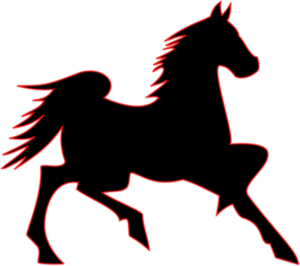 Run over 6 furlongs and, nowadays, open to horses aged four years and upwards, the Diamond Jubilee Stakes is the eighth, and final, Group 1 race at Royal Ascot. Inaugurated, as the All-Aged Stakes, in 1868, the race has undergone various changes to its title, status and conditions down the years.
Run over 6 furlongs and, nowadays, open to horses aged four years and upwards, the Diamond Jubilee Stakes is the eighth, and final, Group 1 race at Royal Ascot. Inaugurated, as the All-Aged Stakes, in 1868, the race has undergone various changes to its title, status and conditions down the years.
In 1926, the race was renamed the Cork and Orrery Stakes, in honour of Richard Boyle, Ninth Earl of Cork and Orrery, who served as Master of the Buckhounds – and, therefore, as Her Majesty’s Representative at Ascot – three times during the reign of Queen Victoria. In 2002, the race title became the Golden Jubilee Stakes and, in 2012, the Diamond Jubilee Stakes, to commemorate the corresponding landmarks in the reign of Queen Elizabeth II.
In 1971, following the creation of the European Pattern, the Cork and Orrery Stakes was awarded Group 3 status, but was upgraded to Group 2 status in 1998. The Golden Jubilee Stakes was further upgraded to Group 1 status, at the same time as the name change, in 2002. In 2015, to encourage entries for the newly-created Commonwealth Cup, a 6-furlong contest restricted to three-year-olds, the Diamond Jubilee Stakes was closed to horses of that age.